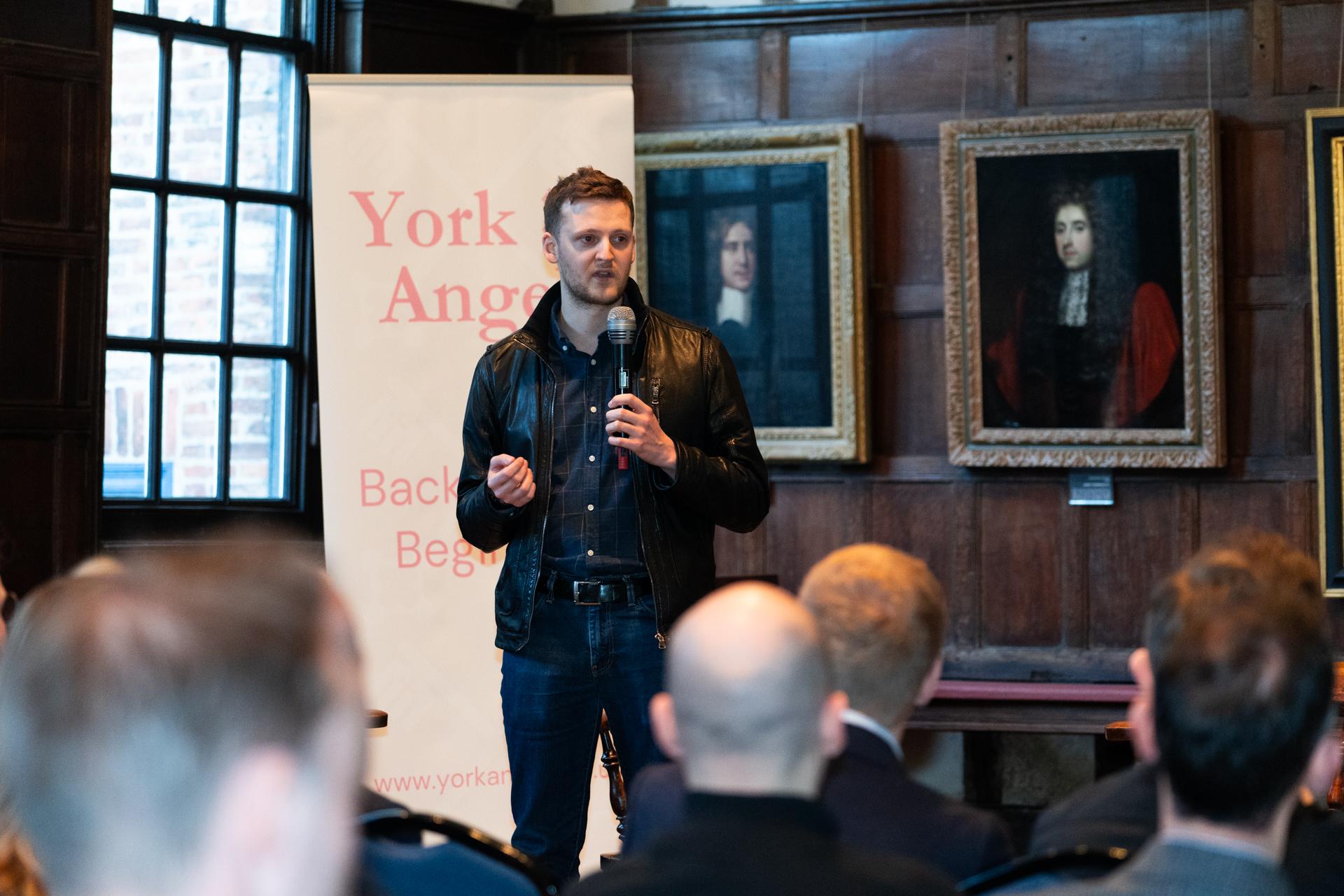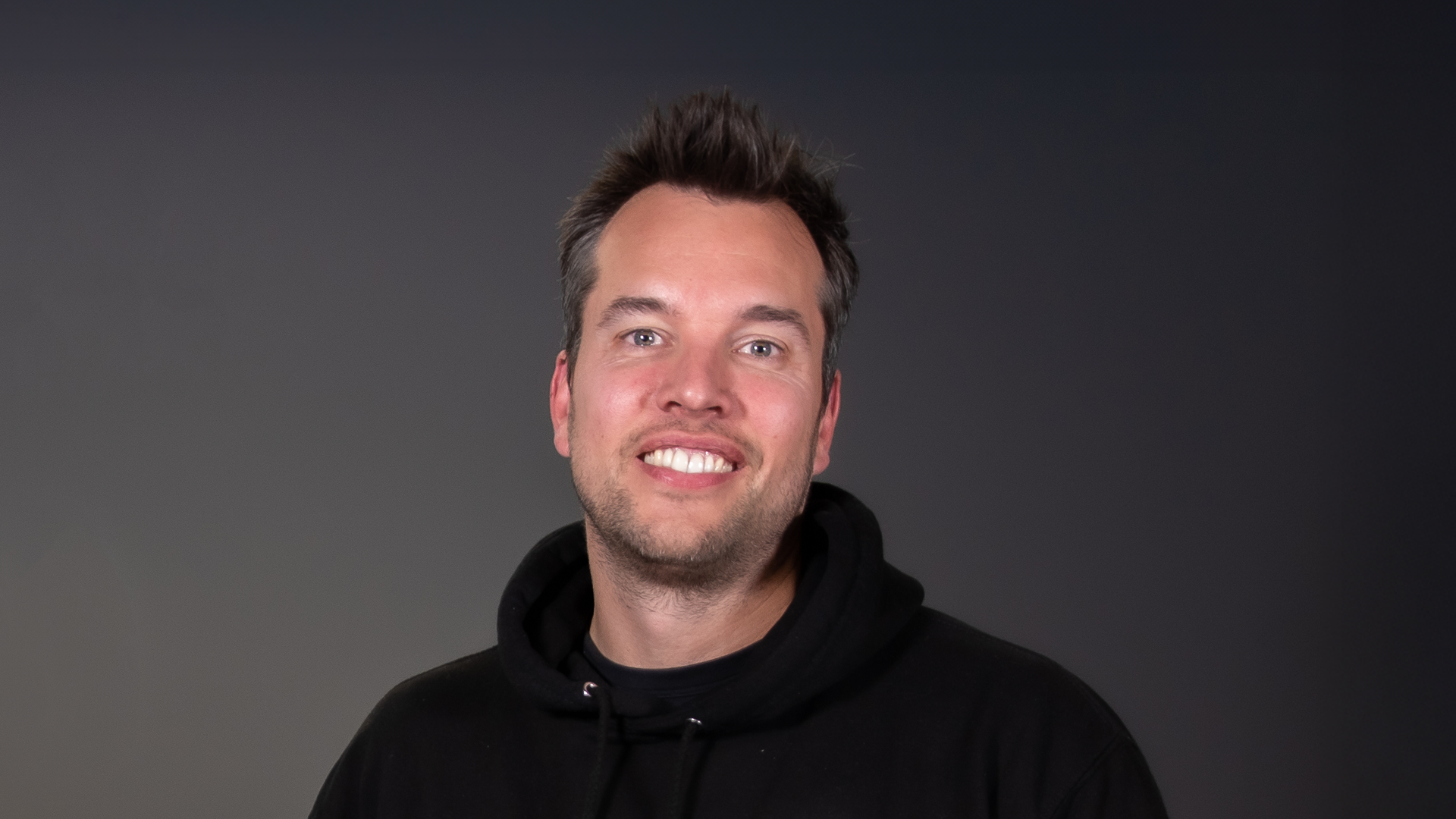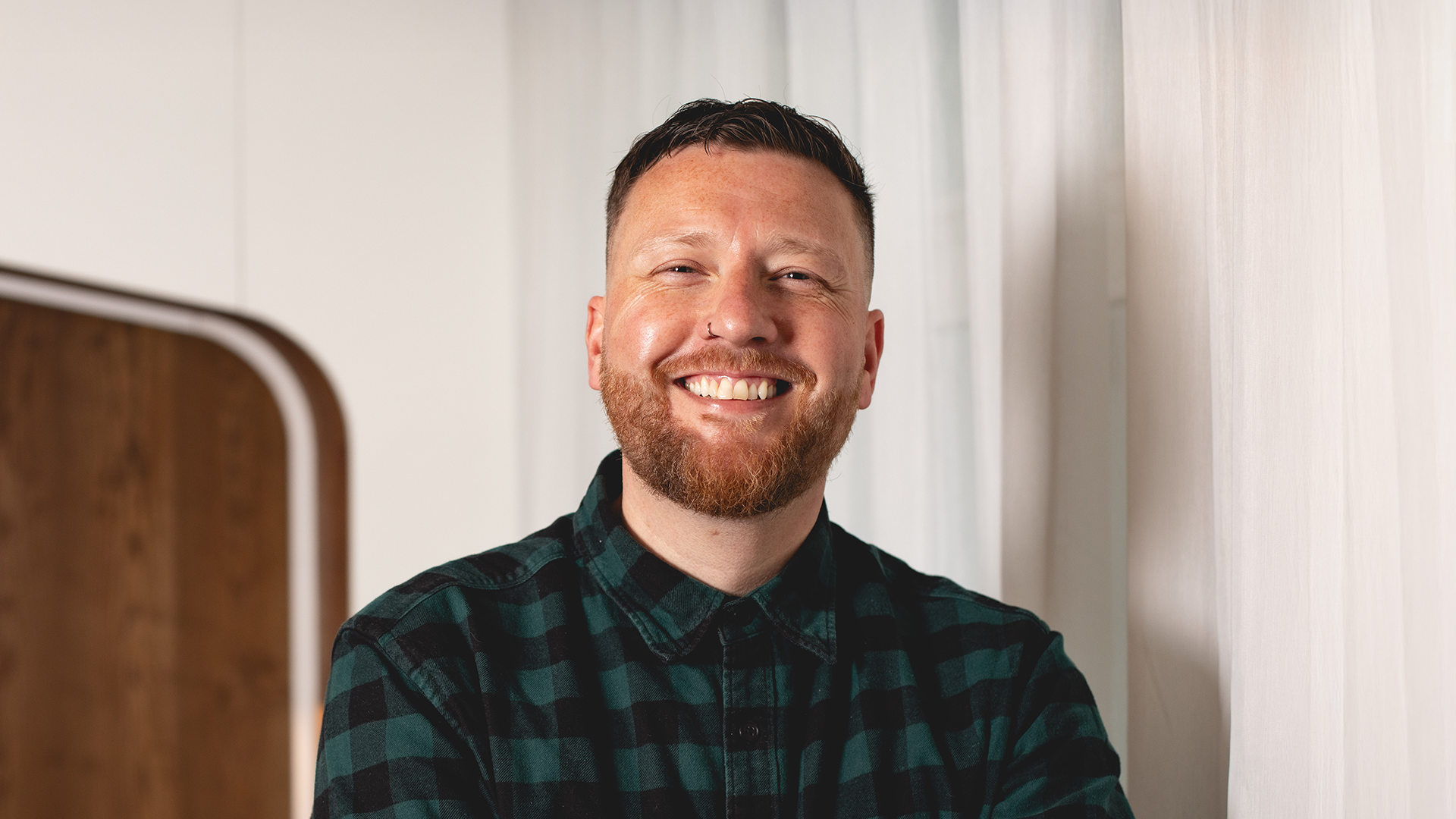The SoSquared story and the key lessons for founders

Starting a business can be an entrepreneurial minefield.
I should know. It’s one I’ve spent over three years traversing. There have been ups and downs, including wasting a small fortune and a large chunk of my sanity.
But often, these are the trials and tribulations founders go through. And without these tests, SoSquared – a data-driven influencer marketing platform – probably wouldn’t be the success it is today. Nonetheless, in the interest of founders helping other founders, I’d like to share a few lessons I’ve learnt along the way.
Lesson 1: ‘Don’t be a Swiss army knife product’
As a non-technical founder with delusions of grandeur, I blew 12 months and six figures creating a Swiss Army knife of a product. Guess what? It sucked. Six months after launch, we tossed it in the bin and built something completely different, and since then have continued to keep chucking in the bin and improving the product.
Iterations are part of the process, use data and customers to build better products, and whatever you do, do not become emotionally attached to what you are creating. The worst decision in product/feature selection starts with “I think”.
Lesson 2: Your first product might not actually be a ‘product’🔗
As a startup founder you will get roped into the glamourised version of being an entrepreneur, think YC, Silicon Valley pre-seed cheques and hours of listening to unicorn stories on 20VC.
The reality is the stories you hear make up around 1% of the ecosystem and there is absolutely NOTHING wrong with doing scrappy unscalable things first, and guess what, most of the time that is just selling your time.
When building SoSquared, I spent hours every night sliding into influencers’ DMs with my “vision” and begging them to pre-register for early access. I ended up with 1,500 signups—and nothing to show for it. Why? Because I waited to launch my product before onboarding anyone.
What I should’ve done: started a newsletter.
For £9.99 a month (thanks, Mailerlite) and a couple of hours a week, I could’ve engaged those 1,500 influencers with tips on landing brand deals, creating killer content, and other juicy bits. Instead of begging, I could’ve built trust.
Forget trying to solve five problems at once. Nail one thing. Clients won’t complain about features that don’t exist—they’ll complain about ones that suck.
Lesson 3: ‘If your first product doesn’t make you cringe, you waited too long to launch’
Pro tip: Reid Hoffman (LinkedIn’s founder) was right—if your first product doesn’t make you cringe, you waited too long to launch.
No one expects Salesforce-level sophistication when you’re coding from your kitchen table with freelancers off UpWork. Solve one problem, even if you’re duct-taping the backend together manually. Just launch the thing and brace for feedback (and probably tears).
Amateur tip: Sam Royle (me) get as close as you can to your customer, it’s amazing how much more you will learn about the problem you are actually trying to solve.
We started as a pureplay marketplace trying to enable access to the influencer economy, we learnt that enterprise businesses couldn’t transact in the space due to breakdowns across workflows (payments, creator identification, campaign management, etc). This informed our product roadmap and gave us clear problems to solve
Lesson 4: Take it a problem at a time🔗
Had I done the newsletter thing, businesses probably would’ve said, “This is great, but we’re drowning in emails. Can you simplify this?” Enter MVP #2: a basic Typeform for influencers to apply directly to campaigns. All the data—followers, rates, handles—gets dumped into a Google Sheet for businesses to browse. Cost? Zero pounds and zero pence.
Next problem: influencers whining about repetitive forms. Solution? Profiles with pre-saved details for quick applications.
Next, businesses struggle with campaign management. Solution? Start with a Google Sheet tracker, then upgrade to a simple CRM.
See the pattern? One step at a time. Each solution is scrappy, cheap, and gets the job done until it’s worth investing in something fancier.
I’d love to tell you how we did this at SoSquared, but in reality, we didn’t. And this is why I am sharing this advice with you. With the power of hindsight this forms the foundation of 99% of our business decision, “what problem are we trying to solve, and does this move the needle” (be very VERY specific about the problem).
Lesson 5: ‘Product-market fit is never a linear journey’
SoSquared’s journey has moved in every direction imaginable, and in reality so will your start up journey. The common theme across all the lessons learnt and ones you are about to tackle is that as a founder you need to be dynamic and make decisions based on data not emotion. Incremental improvement day by day will always win the race, trying to build the perfect product out the gates doesn’t exist and results in pipeline dreams.
My closing piece of advice?
The path to startup success isn’t paved with shiny, feature-laden products. It’s a dirt road filled with duct tape, manual labour, and a lot of listening to customers. Solve one problem well before you tackle the next, and don’t be afraid to get your hands dirty.
There’s no shortcut to the top, my friends. Just hard work, bad coffee, and hopefully, fewer six-figure mistakes.













